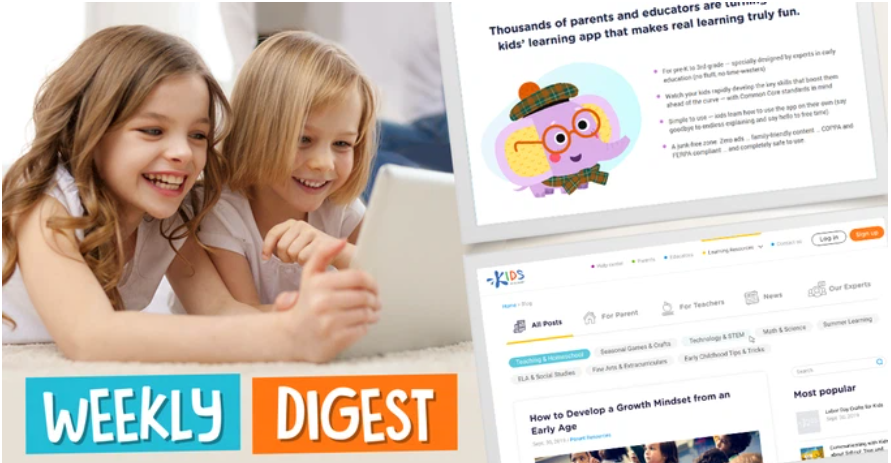Detail identification Worksheets for Kids
4 filtered results
-
From - To
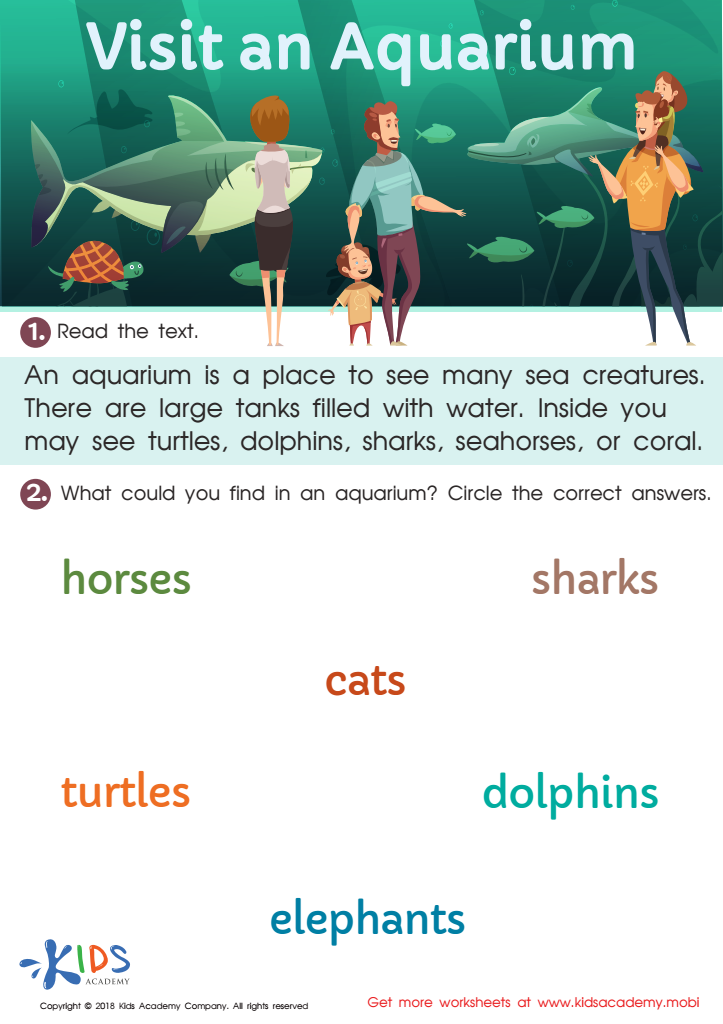

Visit an Aquarium Worksheet
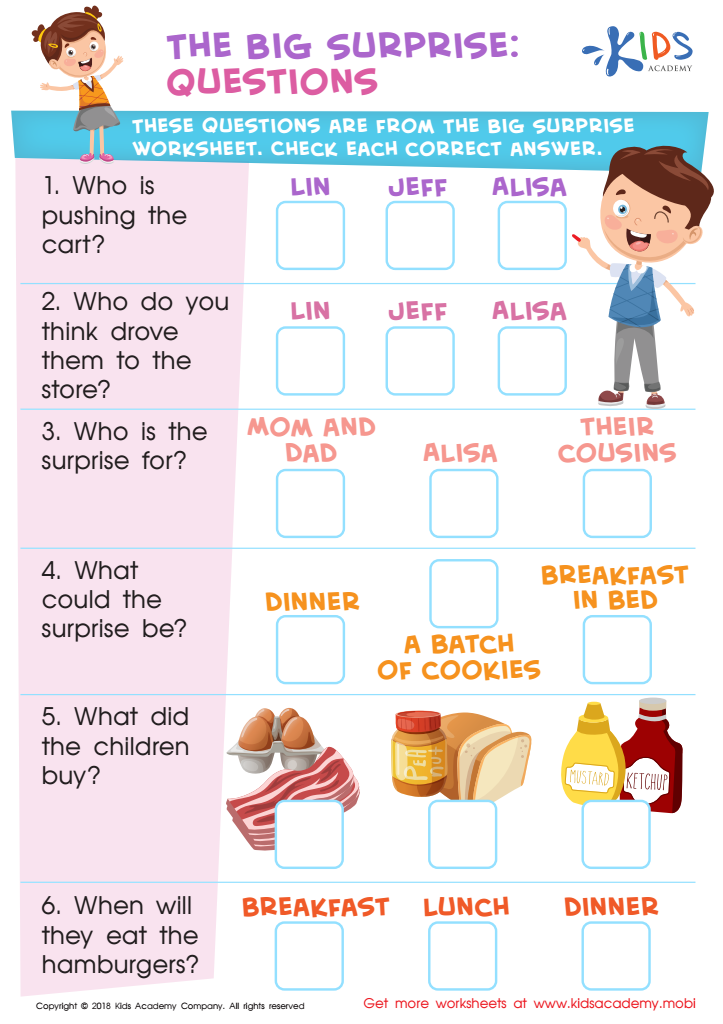

The Big Surprise: Questions Worksheet
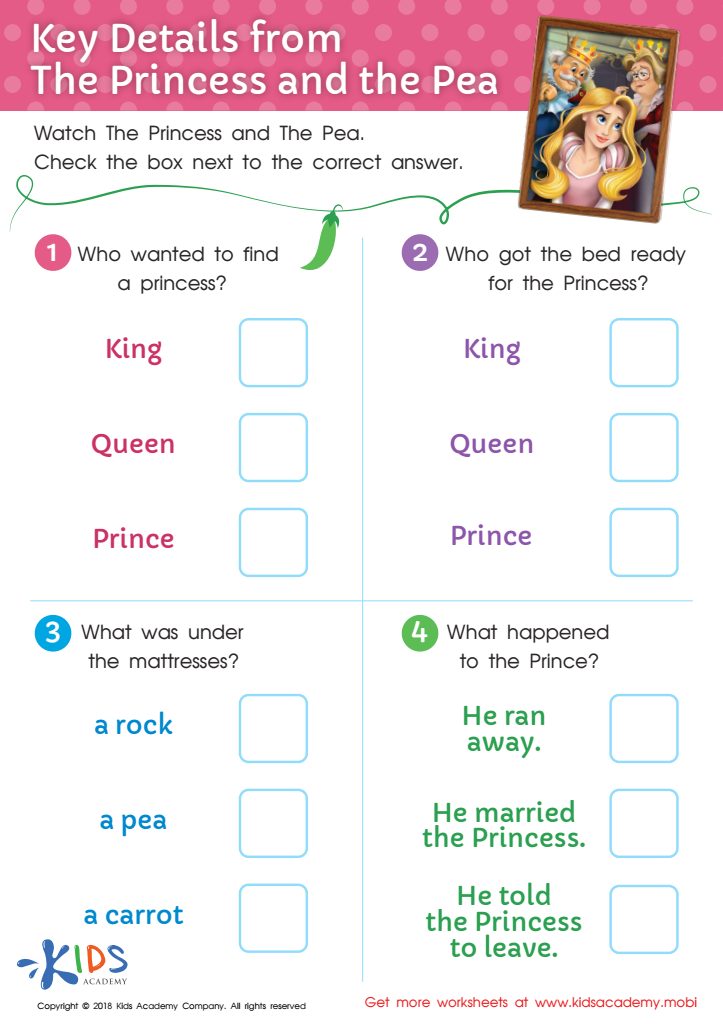

Key Details from the Princess and the Pea Worksheet
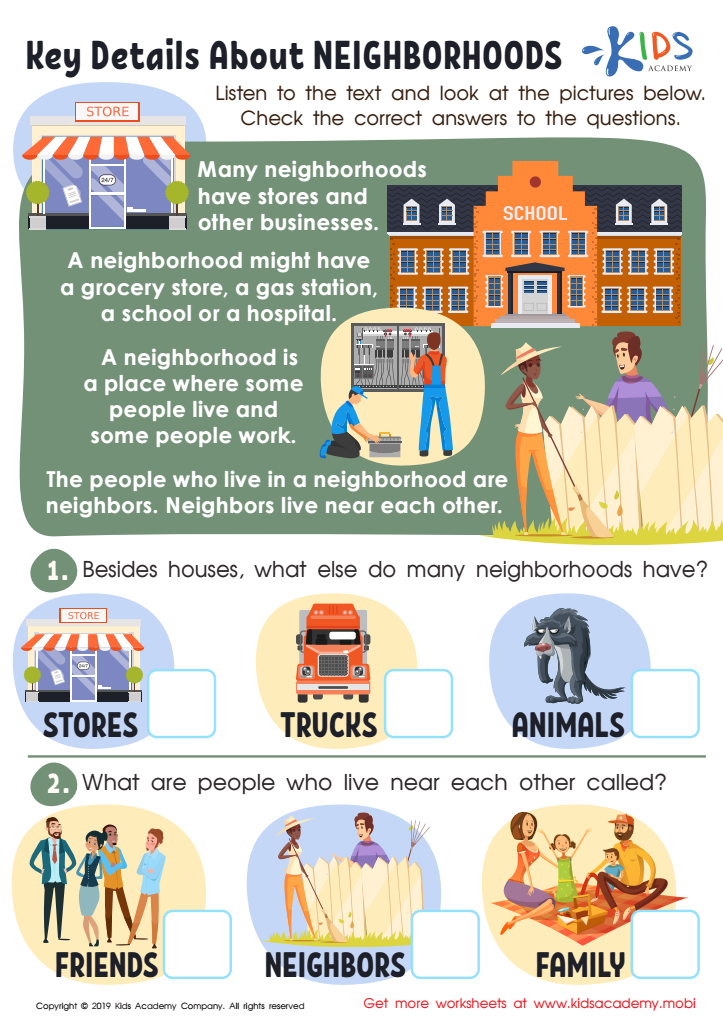

Key Details Neighborhoods Worksheet
Question/Answer
Why is the Detail identification skill important for Grade 1 students?
The Detail identification skill is crucial for Grade 1 students as it helps them recognize and distinguish between different pieces of information, enhancing reading comprehension. This foundational skill supports their ability to follow instructions, improves their observational capabilities, aids in the development of critical thinking, and lays the groundwork for successful learning in all subject areas.
How to test a Grade 1 student’s Detail identification skills?
To test a Grade 1 student's detail identification skills, use age-appropriate images or short stories. Ask them to point out specific objects in images or key details from the stories. This could include identifying colors, shapes, characters, or main events. Ensure the tasks are straightforward to gauge their ability to focus and recall details accurately.
How to train the Detail identification skill in Grade 1 students learning about Reading Non-Fiction?
To train Grade 1 students in detail identification when reading non-fiction, use visual aids and real-life objects related to the text. Begin with short, simple sentences and ask them to pinpoint specific information, like names, dates, or facts. Incorporate games that involve finding and discussing details in images or texts. Consistent practice with feedback helps reinforce their skill development.

 Assign to the classroom
Assign to the classroom





